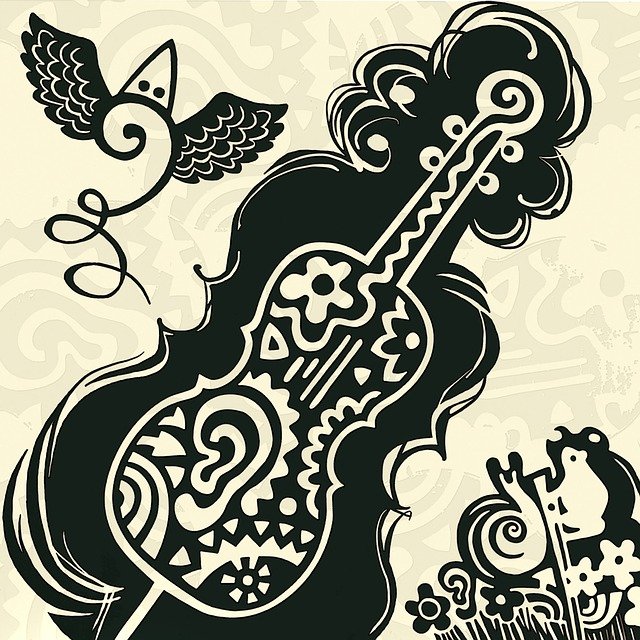
Schedule practice into your life rather than waiting until you “feel” like practicing
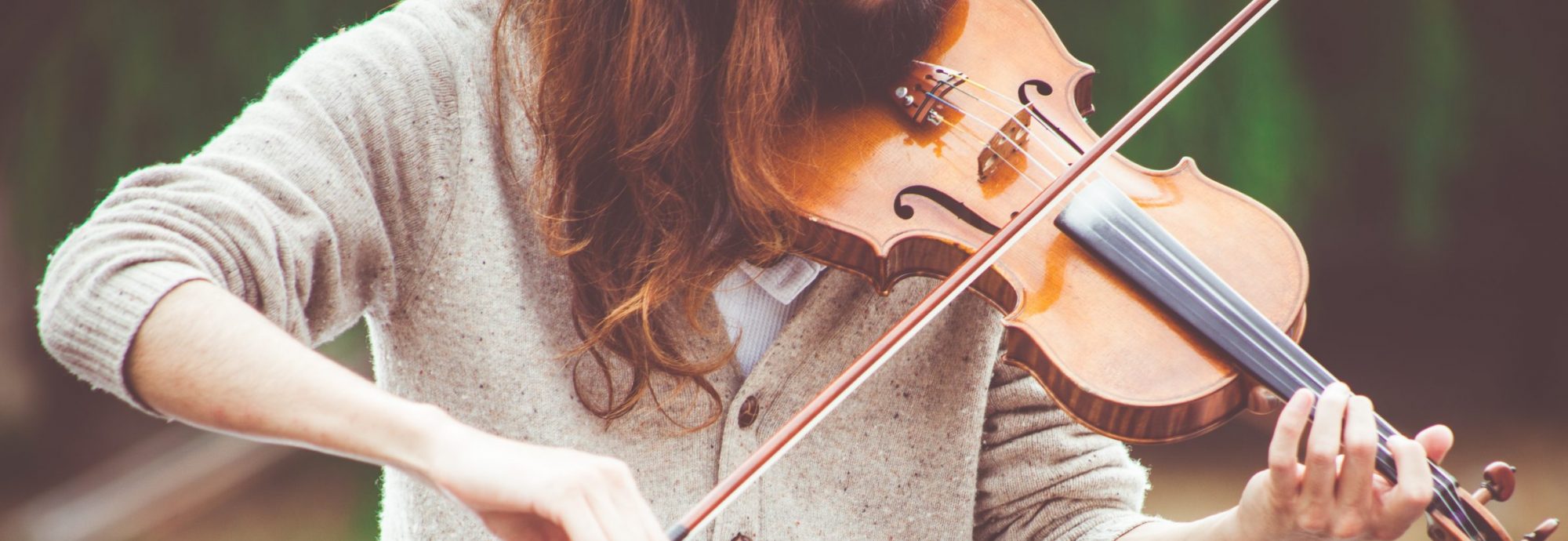
Private music lessons in Highlands Ranch, Lone Tree, Parker, Castle Pines, and Castle Rock, Colorado

Schedule practice into your life rather than waiting until you “feel” like practicing
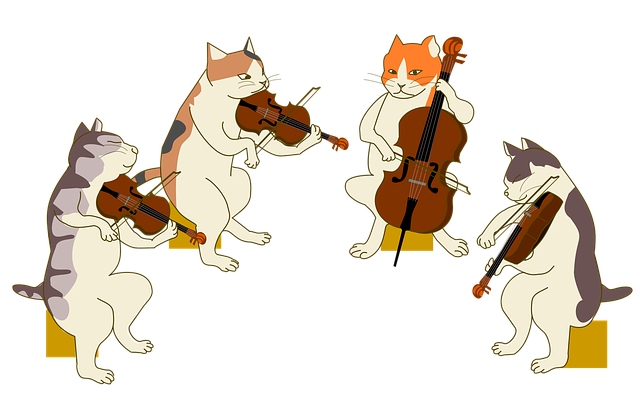
Practice is essential to making progress on any instrument. It is the most beneficial when done regularly rather than all at once in spurts. The best way to incorporate practice into your life is to make it part of your regular routine. Try to practice around the same time each day which is specifically reserved just for practice. If you only practice when you feel like it, you will not have enough contact time with your instrument to improve. This is why practice needs to be scheduled. When you practice choose a relaxing environment where you can focus and work without distractions. Practicing is not the same as performing. You need to feel comfortable playing something that doesn’t sound great over and over again in order to make improvements. It may be best to wait to start studying an instrument when you know that you have the time to dedicate to practice.
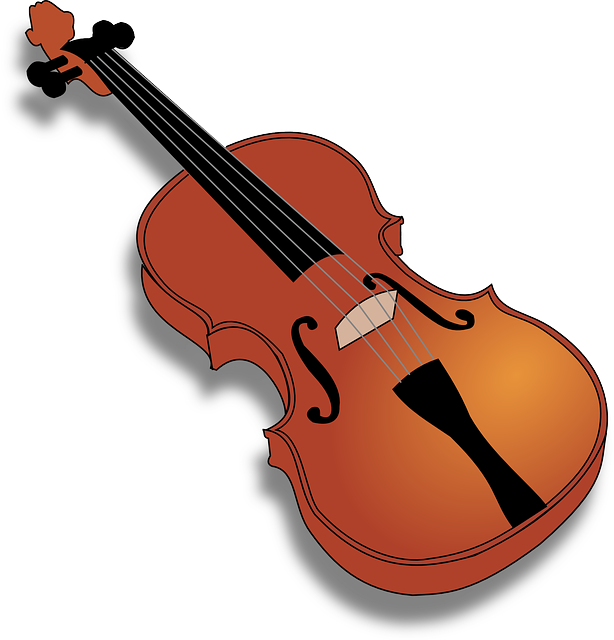
Stringed instruments are fragile because they are made of wood. Wood expands in heat and contracts in cold. For this reason it is important to take proper care of your stringed instrument and bow. The bow is easy. Just make sure to always loosen the bow before you put it away when you are done playing. Also make sure it has enough rosin before you play, so it will make the best possible sound. Lastly, never poke things with your bow. The tip of the bow is the most fragile part or the bow, and it can break off.
Your instrument is a little bit more high maintenance. It can’t be in weather conditions that are too hot or too cold because it is made of wood. It always needs to be in heat or air conditioning depending on the current temperature. The biggest mistake people make is accidently leaving their instrument in their car overnight. This is not advisable because the finish of your instrument can melt or your instrument can develop cracks that would need to be fixed by a luthier. If I am running an errand with my instrument in the car, my instrument comes in with me wherever I am going. It is also important to wipe the rosin off of your instrument after every time that you play. If you don’t wipe the rosin, it will build up on the instrument, and it can even eat away at the finish of your instrument. If you live in a particularly dry climate, you may need a humidifier like a dampit for your instrument. Taking care of your instrument and bow ensures that it is always in prime playing condition for you.
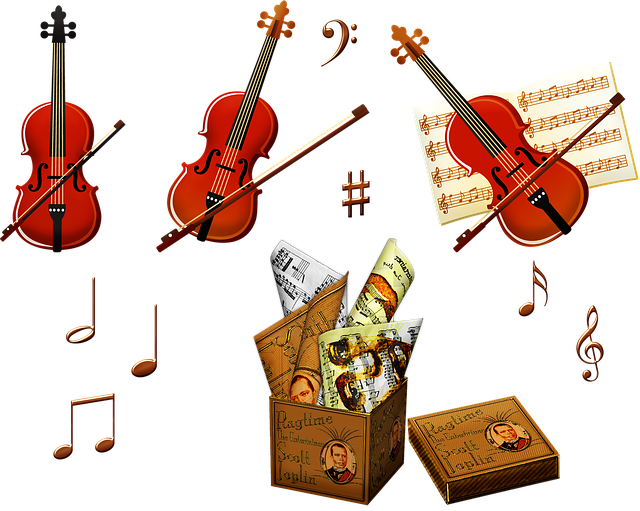
It’s an exciting time when you decide to upgrade your instrument or bow. When making a large purchase like this, you want to make sure you are getting the most quality bow or instrument for your money. The best way to do this is to go to a luthier in your area to see what they have available. Starting with a luthier is important because they will only carry quality instruments and bows at their shop. Try the instruments or bows that they have available in your price range to see if there are any that you would be interested in purchasing. If you have the option to take some of the instruments to your private lesson, take this opportunity. Your private lesson teacher can help you identify qualities of each bow or instrument that you like or dislike. Also in your lesson you can take turns with your teacher both playing and listening to each instrument or bow. This is invaluable because instruments and bows can sound different next to your ear when you are playing then they sound projected out when you are listening.
If you find an instrument or bow that has all of the qualities that you are looking for and you decide it is the right one, don’t be afraid to move forward with the purchase. The instruments that a luthier carries are unique, so if someone else comes along and purchases the instrument before you, the instrument is gone. On the other side of things, do not buy an instrument or bow unless it fits all of your needs and you love it. You can always expand your search and try instruments and bows from different places. An instrument or bow is a large purchase and you will be playing it for years, so you want to be happy with your choice.
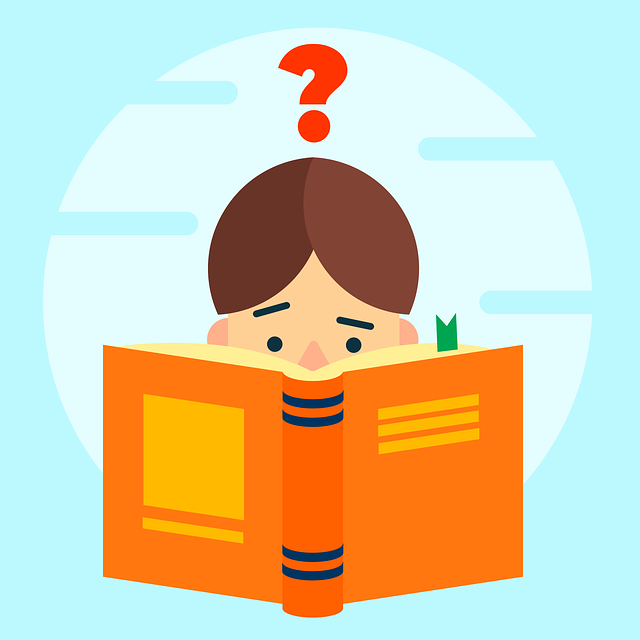
Some students taking music lessons may choose to major in music when they go to college. Music is a unique major in that you can’t just decide that you want to be a music major without any preparation. In order to major in music, you have to be accepted into the music program at the school of your choice. Acceptance into a music program requires you do an audition on your major instrument which usually takes place between February and May of your senior year of high school. Preparation on your audition pieces needs to start several months before your audition takes place. In addition to being accepted into the music program, you also need to be accepted academically into the school. It is important to get grades that meet the standards of the school to which you are applying. It is part of the job of your private teacher to help you prepare for these next steps if you choose to study music in college.

I just started teaching music lessons over Zoom for the first time in April. It was definitely an adjustment, but my students and I adapted to the new situation with very few problems. These are a few helpful tips that I have learned along the way that I wish I had known when I first started teaching music lessons on Zoom.
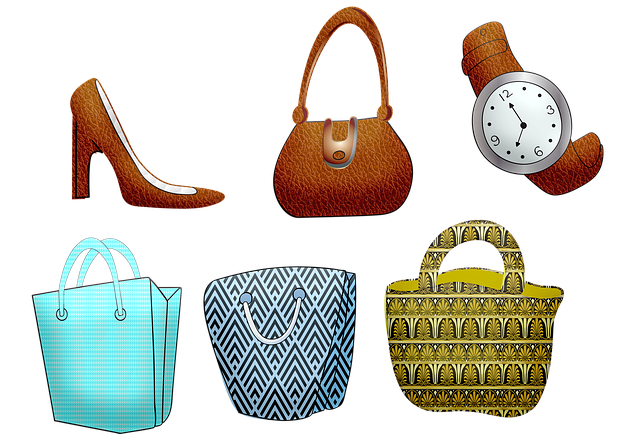
The quality of accessories for your violin, viola or cello is just as important as the quality of the instrument itself. The purpose of these items is to help make playing as easy as possible. Learning a stringed instrument is already a big enough challenge, so it is important to leverage any possible advantage to making the learning process easier. Having quality accessories does just that. Here are a few of my favorite and most trusted accessories.
Shoulder Rests for Violin and Viola-Having a quality shoulder rest is very important because it sets the foundation for the correct playing position on the violin and viola. It also greatly improves your comfort when playing. My two favorite shoulder rests are the Kun and the Wolf Forte Secondo. Both of these shoulder rests can be purchased for most sizes of violins and violas. The Kun can be found at most area music stores or online, and the Wolf can be ordered online. The Kun would be a better choice for students with a shorter neck and broad shoulders, while the Wolf would be a better choice for student with a long neck and boney shoulders. On the Wolf you can actually bend the shoulder rest to fit your shoulder shape. There are other quality choices for shoulder rests as well, but please stay away from sponge shoulder rests. They do not do a good job of holding the violin or viola in place, so it creates a wobbly foundation for the correct playing position and posture.
Rosin-Good rosin really does affect your sound on a stringed instrument. For violins and violas, my favorite rosin is Hill Light Rosin. It is affordable rosin that has the perfect amount of grip, and it makes a great sound. For cellos, my favorite rosin is AB Rosin. It has great volume and clarity of tone. It can also hold up against temperature and humidity as compared to some other rosin brands.
Rock Stop-A good rock stop is so important for cellists because it holds the cello in place while you are playing and keeps it from slipping out of your grip. My favorite kind of cello rock stop is the Xeros Endpin Anchor. It is affordable, and it lasts for a long time. Most importantly it doesn’t slip at all.
Tuner-This tool assists developing musicians become more confident tuning their instrument independently. My favorite tuner is the Snark because it can hook to your instrument and distinguish your instrument from other instruments in a group. It also shows you what note you are playing and if the note is too high or too low, so you can tune your instrument accordingly.
Strings-The brand of strings you put on your violin, viola or cello will make a big difference in the sound of your instrument. For student violins, I recommend Thomastik-Infeld-Dominant strings.If you want a very bright E string sound, you can use the Pirastro Gold E with the rest being Thomastik-Infeld-Dominant. For student violas, I recommend Thomastik-Infeld-Dominant or Jargar strings. For student cellos, I recommend Jargar, Helicore or Thomastik Spirocore. Any of these string choices would be a quality set of strings. You can decide based on price or choose different brands through the years until you decide which brand you prefer personally.
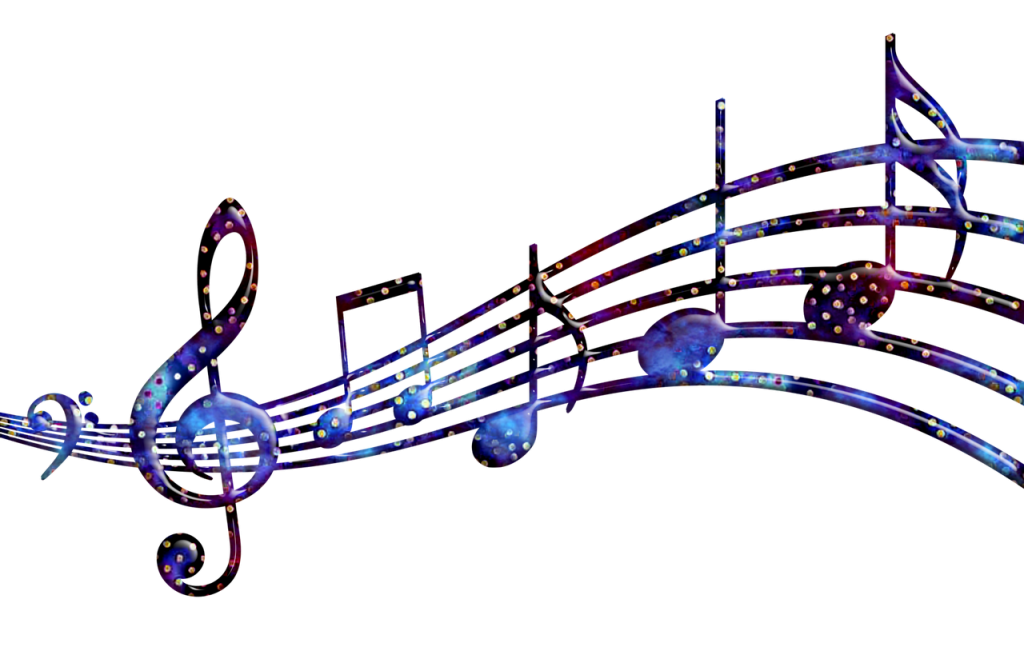
If your child attends a school that offers the opportunity to start a stringed instrument, they are lucky. It’s fun to learn an instrument in a classroom full of friends! In an orchestra classroom students are studying the fundamentals of music as it applies to their instrument through notes, rhythm, tone quality, intonation, dynamics, bowings, shifting, vibrato and musicality. They are also learning how to play with other people through ensemble music. This takes skill in counting, listening and sight reading. Healthy competition is apparent as students are pushed to higher levels on their instrument while striving to keep up with the group. The main focus of an orchestra is to work on the musical strengths and weaknesses of the group as a whole.
In contrast, the main focus of private lessons is to focus on the strengths and weaknesses of the individual player. Students work with a teacher one-on-one to improve their playing ability and meet their individual goals on their instrument. The same fundamentals of music are studied through solo music rather than ensemble music. Solo music gives each student the opportunity to be the superstar through the entire piece since their part is the most important. Working through solo and ensemble repertoire in private lessons will benefit any type of student. Individual lessons are great for reinforcing areas in orchestra where a student may need extra help. They are also great for the really advanced student who needs more of a challenge.
Different skills are gained through music education in orchestra versus private lessons. One is not better than the other. A student is better off having both. The skills learned in both orchestra and private lessons simultaneously make the most well-rounded musician.
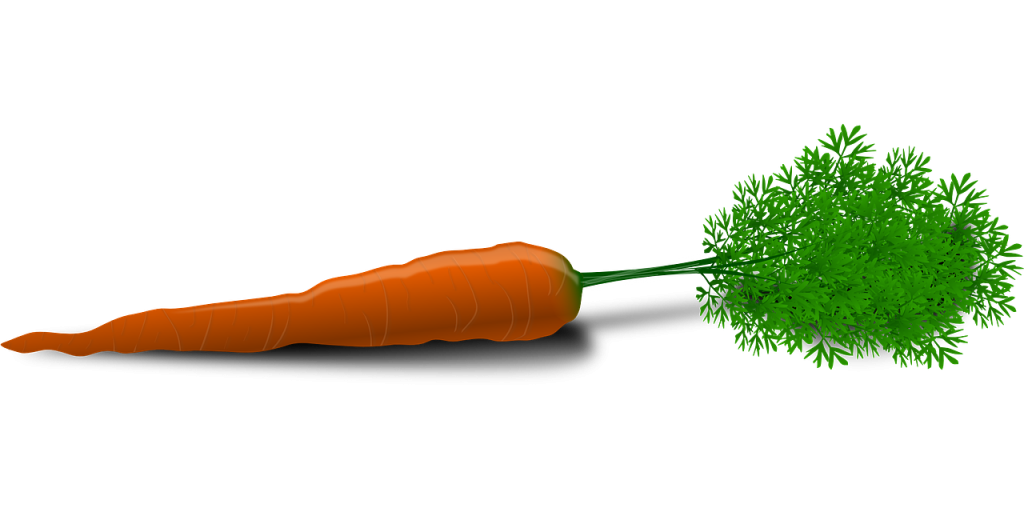
The private lesson curriculum that I use is designed to develop skills on an instrument slowly and steadily with the goal of developing a solid technique. Technique needs to be built slowly and carefully like the foundation of a house. All music has different levels of difficulty. It is important to work on music in order by level, so students are prepared with the skills needed to play a particular piece before they even start it.
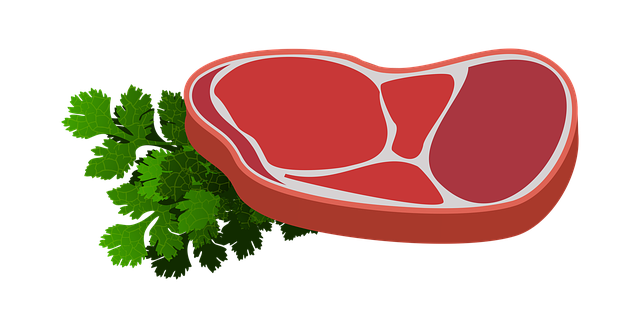
My students are practicing and familiar with skills in scales and etudes long before they ever confront these same skills in solo pieces. Scales and etudes are how we learn new skills, and solo pieces are how we showcase and refine the skills that we have learned. The fastest way to ruin a student’s technique is to give them pieces that are too difficult.
All of my students work on scales, etudes, a solo piece and a fun piece in private lessons. I like to discuss this curriculum with my students in terms of a meal. Their scales and etudes are like vegetables. They are what truly make students better at their instrument the same way vegetables help them to be healthy. Their solo piece is like the main entrée. It is a large part of the meal, and it has great nutritional value. Most importantly, it is far more showy and fun than the vegetables portion. The fun piece is like dessert. It is indulgent and delicious. Students have input on the fun piece we select, so this is their chance to indulge in music. Private lessons need to be balanced the same way a meal is balanced. It’s a piece of cake!
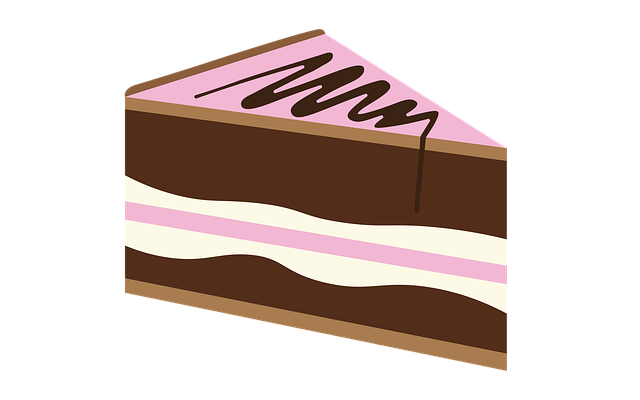
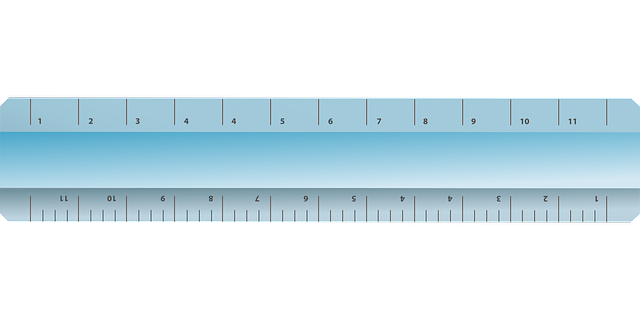
In all of my years of teaching private lessons in Castle Pines, CO, I have gotten many questions about why the correct instrument size is so important. It seems to be a recurring question and honestly, most people new to private string lessons don’t even realize that instruments come in different sizes. The instruments we are most used to seeing are in movies or live performances being played by adults. These instruments are full size. So it is no wonder that when it comes time for a child to start an instrument, their parents are shocked to find that they will be playing a miniature version of the instrument that is so familiar.
Stringed instruments come in sizes just like shoes. Each size is based on different arm lengths and hand sizes. It is incredibly important for a student to have the instrument that best fits their measurements, so they can comfortably reach all of the notes. If a student is trying to play an instrument that is too big, they will not be able to reach any of the notes and the instrument will be uncomfortable to hold. It will actually be impossible for them to play. This is comparable to a child trying to ride a bike that is too big. They think they are not good at riding a bike just because they can’t reach the pedals when in fact they just need a different size. If a student is trying to play an instrument that is too small, everything will feel squashed. Their fingers will feel too close on the fingerboard, and their bow arm will feel too bent trying to play between the fingerboard and the bridge. In conclusion instrument size is extremely important. Before you invest in an instrument, go to a music store and have your child measured for their correct instrument size. I want every student to have their best chance at success when starting a new instrument and having the correct instrument size is crucial.